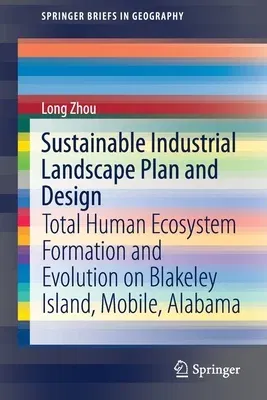Long Zhou
(Author)Sustainable Industrial Landscape Plan and Design: Total Human Ecosystem Formation and Evolution on Blakeley Island, Mobile, Alabama (2021)Paperback - 2021, 10 September 2020

Qty
1
Turbo
Ships in 2 - 3 days
In Stock
Free Delivery
Cash on Delivery
15 Days
Free Returns
Secure Checkout

Part of Series
Springerbriefs in Geography
Print Length
41 pages
Language
English
Publisher
Springer
Date Published
10 Sep 2020
ISBN-10
9811572569
ISBN-13
9789811572562
Description
Product Details
Author:
Book Edition:
2021
Book Format:
Paperback
Country of Origin:
NL
Date Published:
10 September 2020
Dimensions:
23.39 x
15.6 x
0.3 cm
Genre:
Urban
ISBN-10:
9811572569
ISBN-13:
9789811572562
Language:
English
Location:
Singapore
Pages:
41
Publisher:
Series:
Weight:
90.72 gm